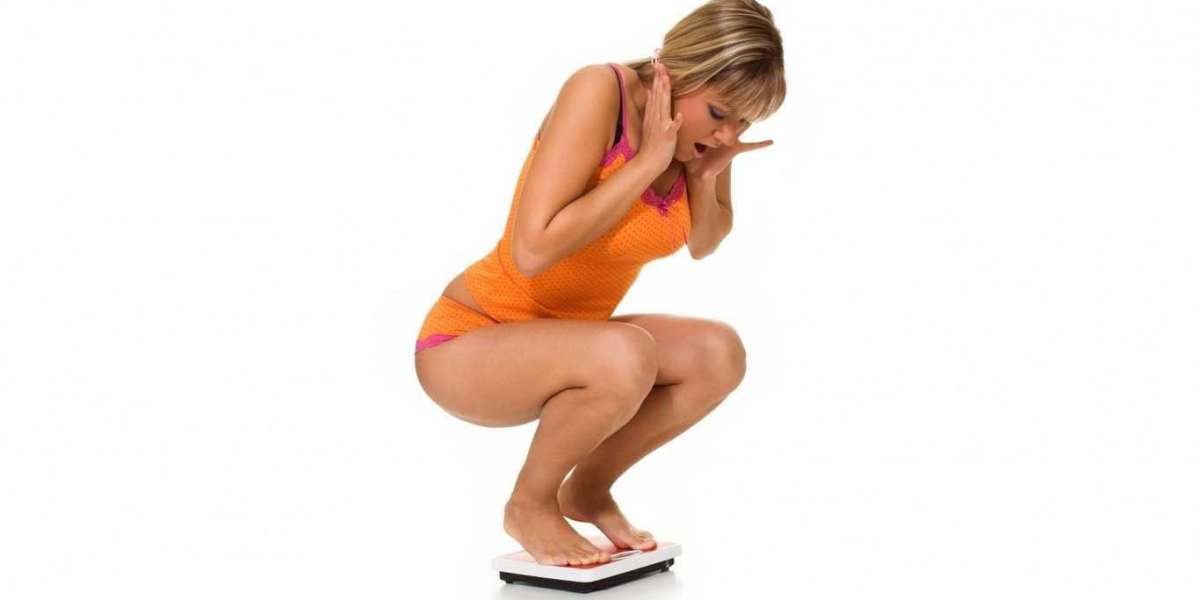When dealing with glass, one of the considerations is the sort of glass unit that will best suit the project's specific requirements. Determining whether to employ gas or air in an insulated glass unit is a step in the decision-making process (IGU).
The purpose of insulating glass units is to keep buildings warm in the winter and cool in the summer. A conventional IGU consists of two four-sided glass lites. Three lites of glass can be utilized to increase the level of insulation.

Additional performance enhancements can be made to an IGU by adding low-e coatings and filling the space between the lites with a noble gas like as argon or krypton. These gases have a higher density than air and so limit heat transfer through the IGU.
When 90% argon gas is used in place of air in a low-e IGU, the insulating value of the window can be increased by up to 16%. Krypton can significantly increase the insulating properties of a low-e IGU by up to 27%.
Even yet, gas-filled IGUs are more viable for residential windows than for large commercial structures. Unlike residential structures, large commercial buildings can save the greatest energy by preventing solar heat radiation from entering the structure, hence lowering air conditioning expenditures. This is why commercial glass design is more concerned with lowering the Solar Heat Gain Coefficient than with enhancing the insulating characteristics.
Another reason gases are often not advised for commercial use is the possibility of gas leakage. Both argon and krypton naturally escape an IGU due to the partial pressure differentials between the air outside and the gas inside. Even when an IGU is designed precisely, gas will escape at a rate of around 1% per year, and this rate increases significantly when the IGU is constructed poorly.
As the gas escapes, the IGU loses its insulating properties, and because no air is drawn into the unit, the two lites of glass begin to compress into the unit's center, causing the glass to seem deformed or even break. This can be a significant issue for a business structure, especially if it is constructed entirely of glass curtain walls.

Additionally, while argon gas is generally inexpensive, it can result in a slower production cycle time, which adds to the cost. Additionally, while krypton outperforms argon, it can be rather expensive—up to 1,000 times the price of argon. Krypton likewise requires additional fabrication time and costs, as does Argon. Additionally, there is no easy way to verify that the gas fill is in the IGU and at the correct fill percentage following installation.
Finally, both argon and krypton work optimally as insulators with spacer sizes smaller than the industry standard 1/2 inch, making it impractical to specify commercial IGUs in these thicknesses.








